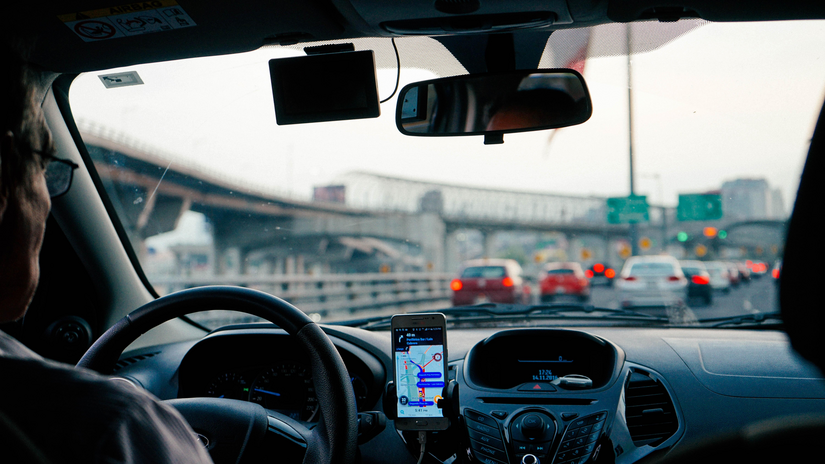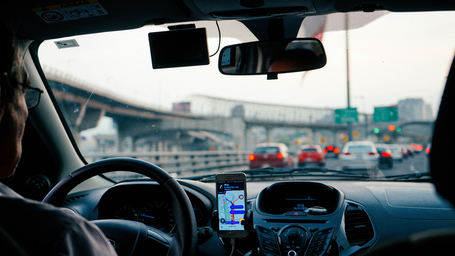The second-largest ride-hailing company in the United States, Lyft, recently released a report on how many sexual assaults were committed by their drivers. The report stated that there were over 4,000 reported sexual assaults committed by their driver, from 2017-2019. The largest ride-hailing companyin the U.S., Uber, released a report that there were 5,981 reports of sexual assault between 2017 and 2018. The report from Uber did not state what percentage of these sexual assaults were committed by drivers, but the numbers for both ride-hailing companies are disturbing and highlights the need for personal safety precautions. I have gathered 5 tips to help you stay safe in your next Uber or Lyft experience.
5.Check Your Doors
Before you get into the backseat of your Uber or Lyft, check to see if the ‘child-safety lock’ has been switched off. The child-safety lock can be found on the inside edge of the back passenger door; if the child safety lock has been switched on, you can’t open the door from the inside and would have to wait for someone to open the door from the outside. The chance of you escaping an attack becomes very slim once the child lock is on.
4. Share Your Location
When you are catching an Uber or Lyft, turn your location on and share it with a trusted friend or family member. The information that a friend has between when you left your starting point can be helpful, if you were to go missing or arrived at your destination much later than projected.
3.Input Your Destination CLOSE to your actual drop-off point
A creator of a viral TikTok video noticed that the Lyft driver was writing down the address of their destination. In the video, the TikTok creator was with her friends for a night out and noticed that the driver wrote down their address and was asking personal questions. To be safe, no matter what time of day, set your destination close to your drop-off point.
2.Refrain from taking the snacks, water or candy offered in the car
If you have partied at an upscale club in a big city, you may have noticed that these establishments have bathroom attendants. The job of the bathroom attendant is to make sure they have what you need, to make sure your experience is great at the club; so if you forgot your cologne or need a breathe mint, they have it ready for you-for a fee. The concept of ‘bathroom attendant’ has been translated over to ride-hailing terms, where the driver may have mints or stain remover wipes hanging from the back of the passenger seat. If you notice that your Uber or Lyft driver has this in their car, do not grab the snacks, water, or candy.
1.Check the information from the app to the actual car and driver
The most important safety tip on this list is always check to see if the information from your Uber or Lyft app, is the same as the person and car that arrived! If the car or driver does not match the description in your app, do not get int the car and cancel the request immediately. A driver with bad intentions may tell you that his ‘regular’ car is in the shop and this is a loaner for today, do not get in the vehicle, cancel the trip, and walk into a safe area.
I hope that these tips will help you have a safe ride to your destination.


